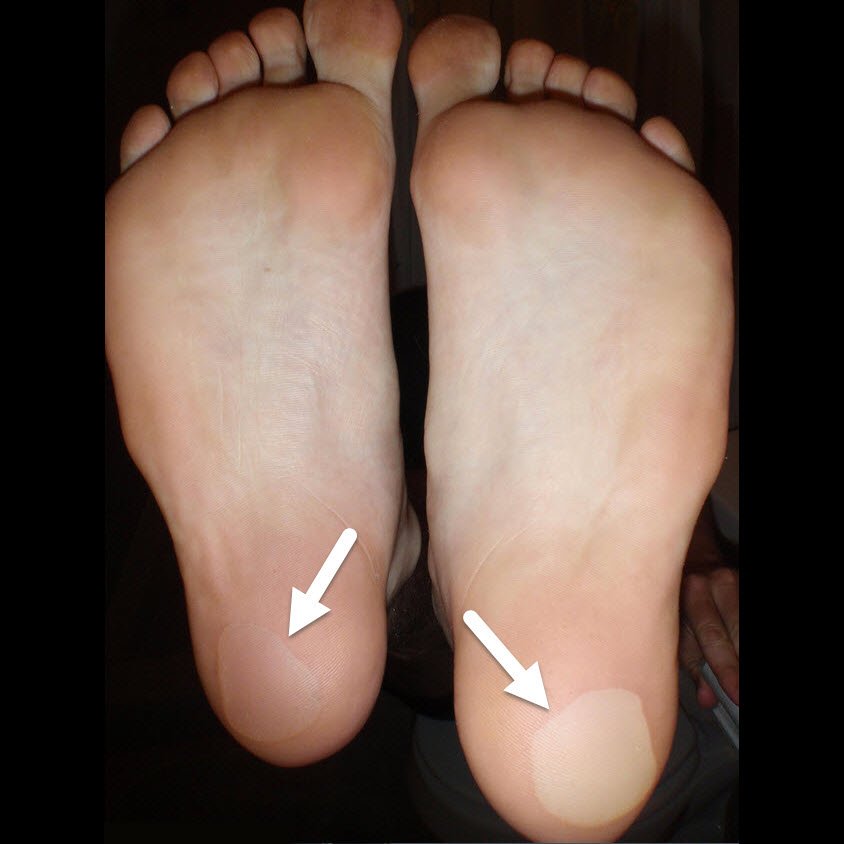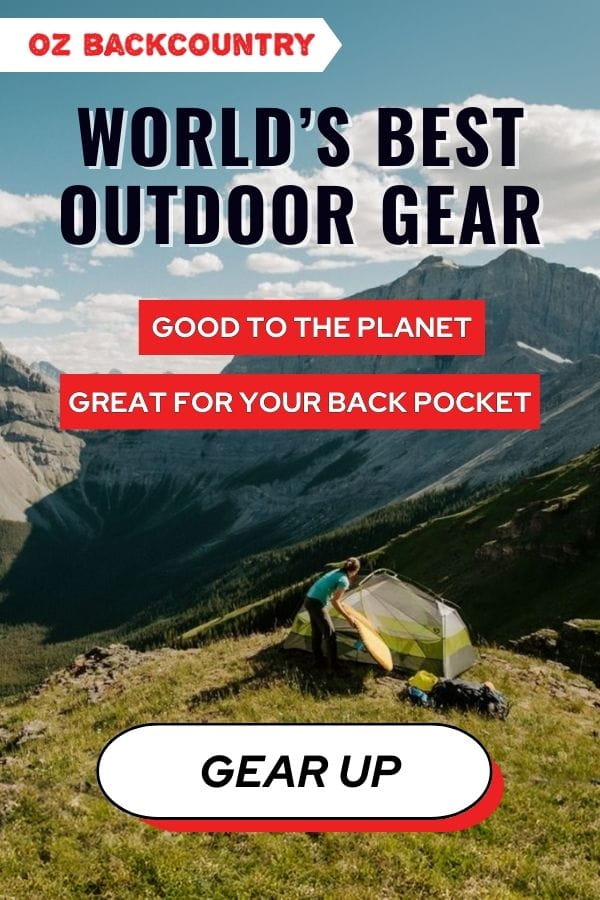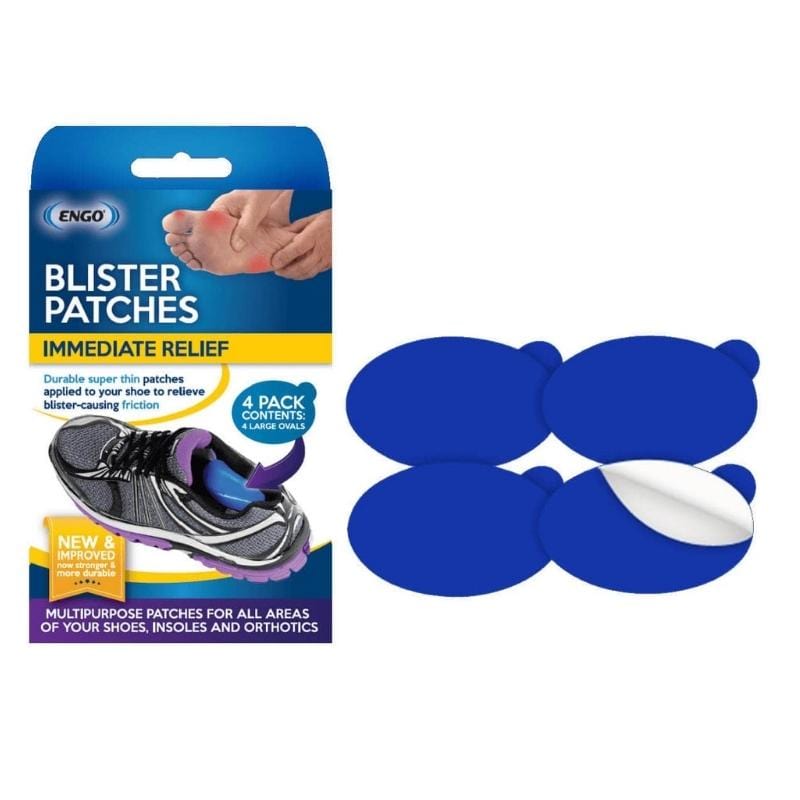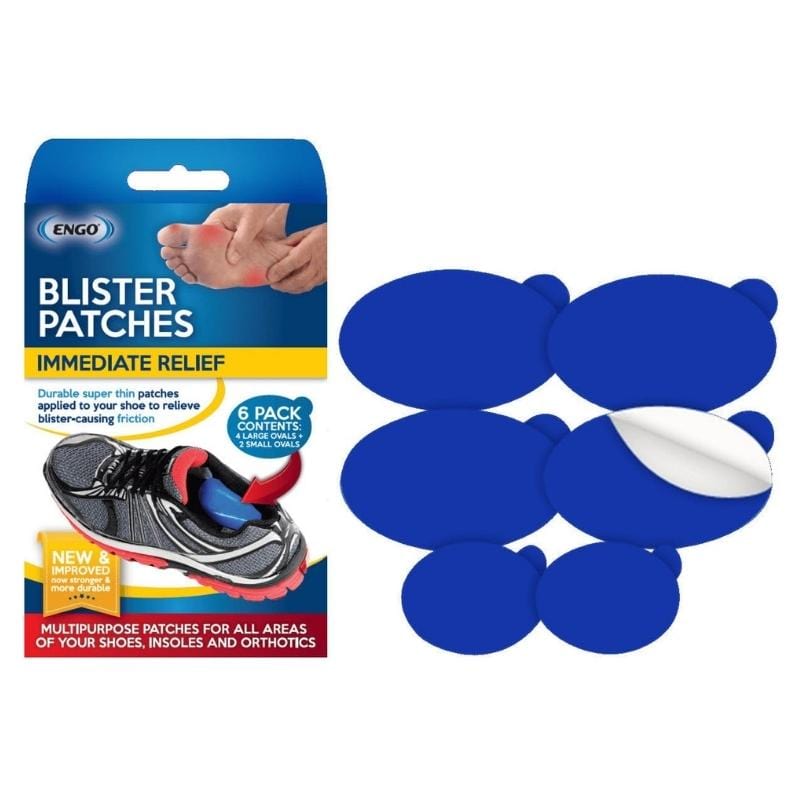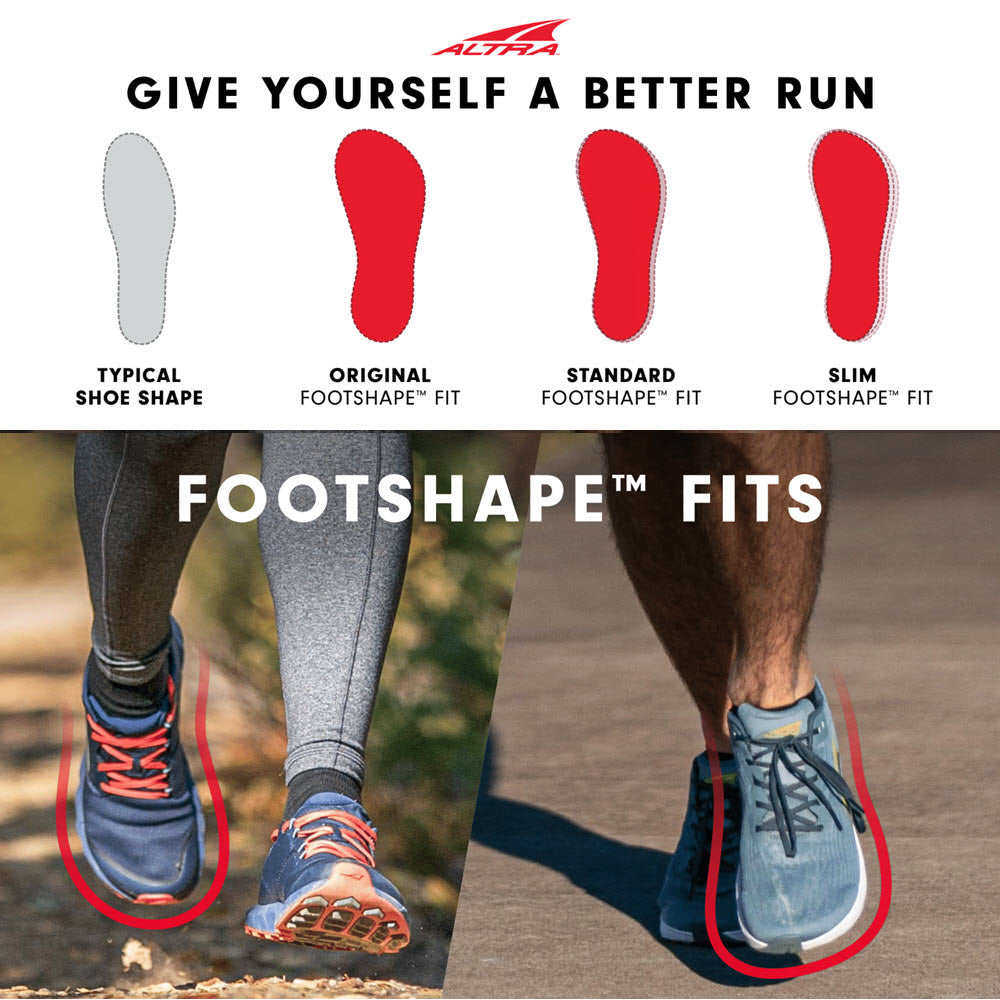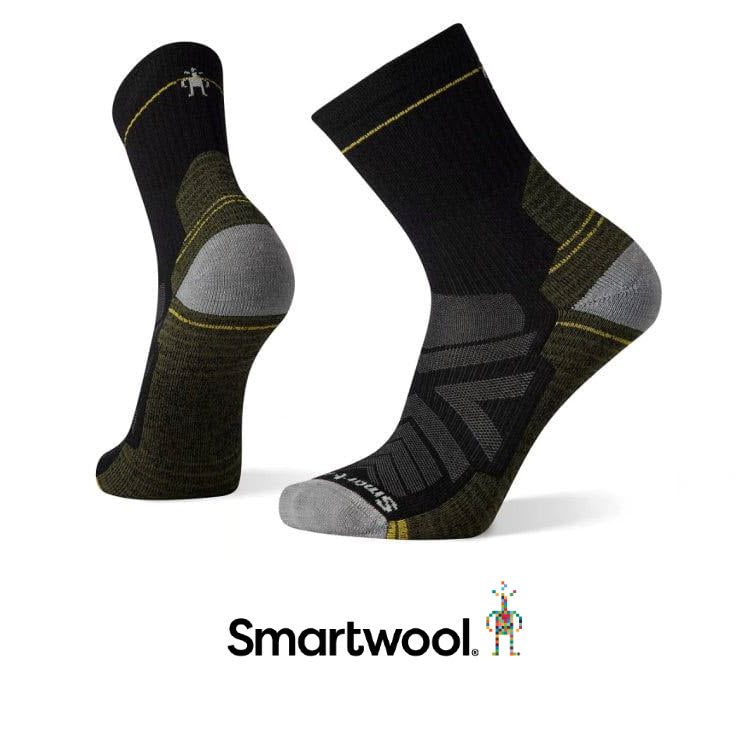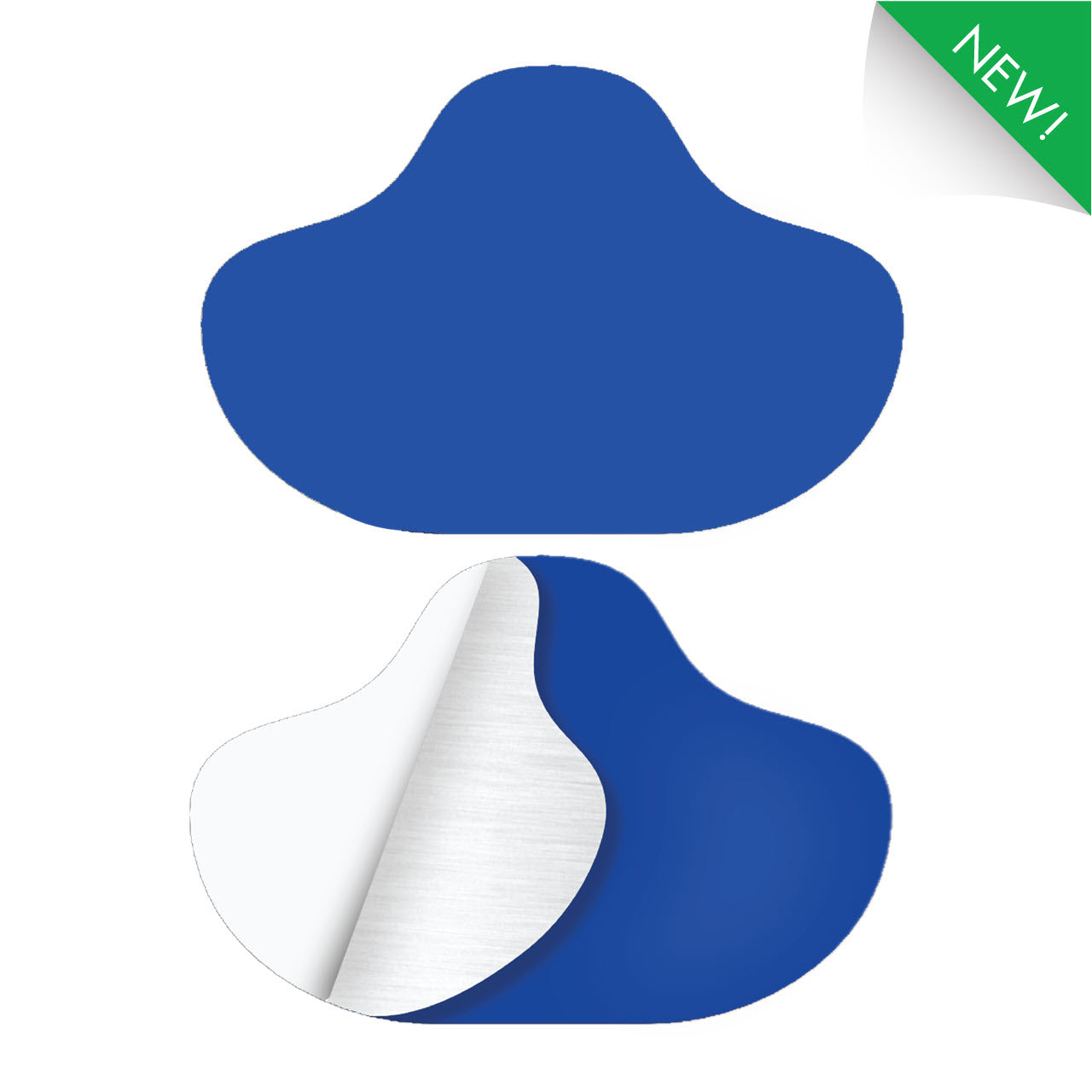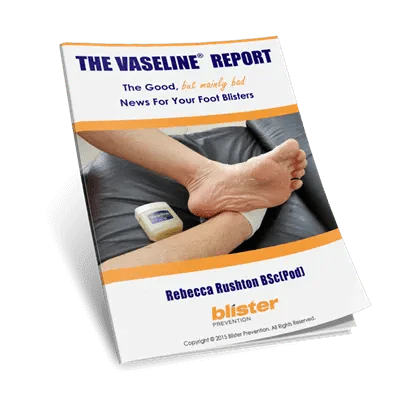Blisters under the heel are one of the least common blisters I see. When they do occur, they're most often suffered by hikers and runners on downhill terrain. They're painful, they're difficult to treat, and you don't want them to deroof! Prevention is all the more important for an under heel blister. So, this article will look at the four best ways to avoid them. Note: There are two other types of heel blisters: back-of-heel blisters and heel edge blisters.
4 Prevention Strategies For Under Heel Blisters
1) Change Your Gait
The best preventive strategy for blisters under your heel is to alter your gait, if possible. The following will help. Please keep in mind, these compensations may have a detrimental effect elsewhere and must be implemented gradually:
- A shorter stride length
- Making your heel strike more underneath you rather than out in front
- More knee and hip flexion
- Avoiding a heel strike and opting for more of a midfoot or forefoot initial contact
2) Lace Firmly
Make sure your laces are tied firmly. If that’s not enough to stop your foot from sliding forward in your shoe, use the Lace-Lock (aka Heel-Lock) lacing technique: After making a loop on each side using the last eyelet, take each lace through the opposite loop, pull down to tighten, then tie your normal knot and bow. Oh, and make sure your socks aren't bunched up under your heel.
3) ENGO Blister Patches
If changing your running (or walking) style is insufficient, and you’ve got your foot firmly secured in your shoe with a good lacing technique, you’ll need to reduce friction levels. Do this with an ENGO Patch.
- You could cover the whole heel area of your insole with a rectangle patch (lower image). But you may miss having that traction at when your heel first hits the ground at heel strike. I noticed this myself, so please be careful. . You'll find the ENGO Rectangle Pack in our online store.
- My recommendation is this: If you can possibly get away with it, use a large or small oval patch to cover only the area that requires protection (upper image). You'll find these in the ENGO 6-Pack.
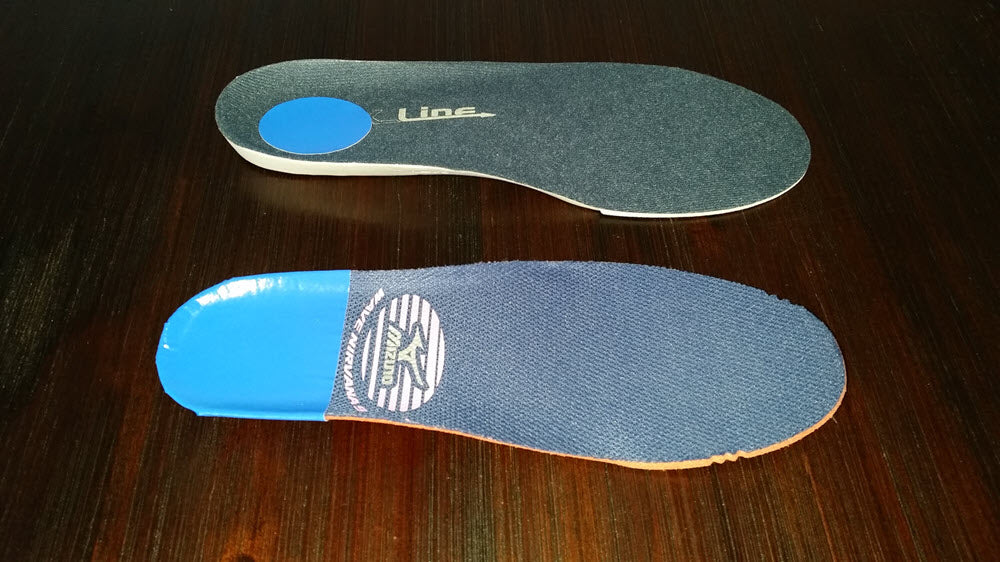
ENGO placement for blisters under the heel. Patches under the heel – Small oval (top) rectangle with excess folded over (below).
4) Taping
If none of these work, tape your heels. I suggest using a rigid (non-stretch) sports tape. The theory is it will distribute the shear load over a larger area. It might not be enough to stop the blister from forming, but it will at least help keep any blister roof intact (that is, until you have to pull the tape off!).
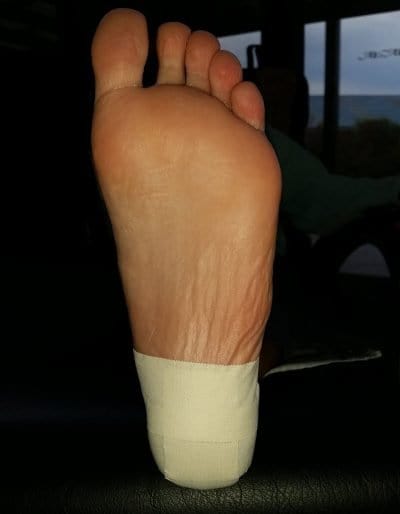
Rigid sports blister taping under the heel
Wrapping up
They're not the most common type of heel blisters. But they are more difficult to treat. A little prevention will go a long way.
